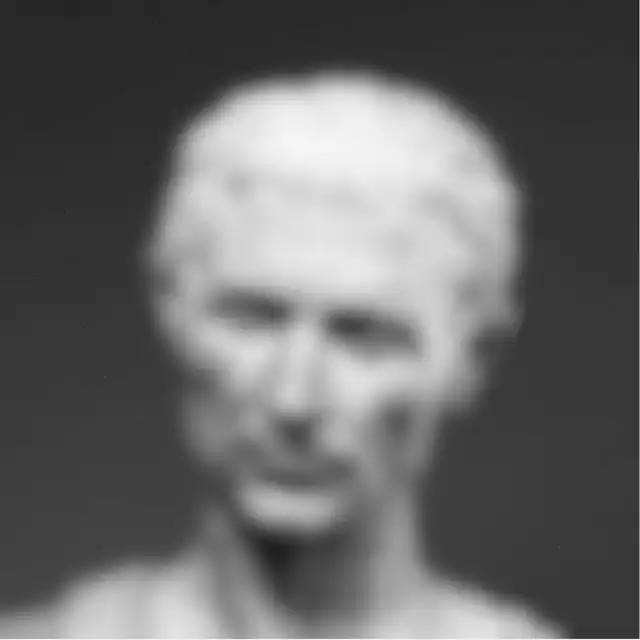
Tonwallets
@tonwallets
1 reply
0 recast
10 reactions
2 replies
2 recasts
52 reactions
1 reply
2 recasts
12 reactions
2 replies
4 recasts
26 reactions
4 replies
4 recasts
24 reactions

A Farcaster Exclusive
Calcutta, August 1943.
The vultures had grown too fat to fly
I write these words not as distant historical observation, but as documented fact from one of the most obscene chapters in British colonial rule. During the Bengal Famine of 1943, when three million Indians starved to death under Churchill’s wartime administration, the disposal of human remains became a logistical nightmare that revealed the complete breakdown of civilisation itself.
Disposal of corpses soon became a problem for the government and the public, as numbers overwhelmed cremation houses, burial grounds, and those collecting and disposing of the dead. The sheer scale of mortality had rendered traditional burial and cremation practices completely impossible.
Corpses lay scattered throughout the pavements and streets of Calcutta. In only two days of August 1943, at least 120 were removed from public thoroughfares. But this was just the capital, in the countryside, the horror was amplified greatly.
In the countryside bodies were often disposed of in rivers and water supplies. The Ganges, sacred to millions of Hindus, became a dumping ground for the dead. What had been a holy river transformed into a flowing cemetery.
The survivors, weakened by starvation themselves, lacked the strength for dignified disposal. As one survivor explained, “We couldn’t bury them or anything. No one had the strength to perform rites. People would tie a rope around the necks and drag them over to a ditch.” Families who had lost everything, including the physical capacity to lift a shovel, were forced to dispose of their loved ones like refuse.
Corpses were also left to rot and putrefy in open spaces. The bodies were picked over by vultures and dragged away by jackals. Sometimes this happened while the victim was still living.
Please take a pause, breathe slowly, and think with an open mind that how did humanity let this happen? People were literally being eaten alive by scavenging animals because they lacked the strength to defend themselves.
The sight of corpses beside canals, ravaged by dogs and jackals, was common; during a seven-mile boat ride in Midnapore in November 1943, a journalist counted at least five hundred such sets of skeletal remains.
Bodies began piling up on roadsides and in ponds, rivers and ditches. Vultures got too fat to take flight, and jackals feasted on still-living bodies in broad daylight.
In Calcutta, the empire’s second city, the macabre spectacle played out on the streets where British officials conducted their daily business. Dead bodies line the streets of Calcutta shortly after the Bengal famine. On the rooftops overhead, vultures swoop in.
There was no place you could go where you didn’t see dead bodies and vultures, it was revolting, actually. Because the vultures used to come down and eat these dead bodies. This is from a contemporary British witness, recalling how normalised the sight of corpse-eating vultures had become.
There were dead people all over Calcutta. And when they died, they seemed to stay there. It was dreadful, dreadful.
When authorities finally attempted organised body collection, the scale remained overwhelming. At the end of August, two private groups, the Hindu Satkar Samiti and the Anjuman Mofidul Islam, were selected to dispose of deceased remains associated with religious affiliation. Hindu remains were intended to be brought to the burning ghats, whereas Muslim bodies were supposed to be transferred to the burial sites. These distinctions were even considered in light of the deplorable state of the corpses after death.
But this bureaucratic response came far too late. By then, ARP truck sweepers disposing corpses and carrying them to one of Calcutta’s burning ghats had become a daily sight, like refuse collection, landfills, etc.
Contemporary photographers documented this horror, though authorities attempted to suppress the images. Jackals and vultures eating corpses during the Bengal famine of 1943-44. The photographer Kalyani Bhattacharjee (link: https://picryl.com/amp/topics/1943+bengal+famine) sent images to England with this chilling disclaimer: Out of 300 photos that were at our disposal we have selected only 50 that were somewhat presentable to the public eyes. To make them look less gruesome, we have got them decorated with relief drawings in pleasant light colours.
This macabre disposal of millions of bodies was the direct result of British wartime policies that prioritised feeding the imperial war machine over feeding colonial subjects. Who went to every Bengal village to count the corpses lying on the fields,streets and everywhere else? Who counted the bones that came out of the bodies of the corpses. Who could bear the sight of the devoured remainings of the bodies? (The whole Bengal famine was a great feast for the vultures,the dogs,the cats and other predators.)
Churchill’s war policies and utter ignorance killed around 3.5 million Bengalis in 1943 and thus devastated a whole region of India while he simultaneously declared that he hated Indians and blamed them for breeding like rabbits.
Perhaps most damning of all is what happened next: nothing. Incredibly, however, not a single memorial, museum, or even a plaque, anywhere in the world, commemorates the millions who perished.
Three million corpses, thrown into rivers, devoured by scavengers, dragged to ditches by weakened survivors, and the world chose to forget. No monuments mark where children starved while Churchill’s armies fed. No plaques record the horror of humans being eaten alive by jackals in broad daylight.
The disposal of these millions of bodies tells us everything we need to know about the value placed on Indian lives under British rule. When people die in such numbers that vultures grow too fat to fly, when rivers run thick with corpses, when jackals feast on the living, this-is-genocide.
The dead of Bengal deserved better than being thrown into ditches like refuse. They deserved dignity in death, even if they were denied it in life. Instead, they became food for scavengers while their colonial masters counted profits and planned military campaigns.
The spectacle of famine also erupted on the streets of Calcutta, and vaulted into international news. Japan and Germany both made hay of starvation in the Second City of Empire. Even Britain’s enemies recognised the horror for what it was, a condemnation of everything the empire claimed to represent.
The rivers of Bengal ran red with more than just the monsoon rains in 1943. They ran with the blood of an empire’s abandoned subjects, whose only crime was being born Indian under British rule. 2 replies
4 recasts
17 reactions
17 replies
4 recasts
47 reactions
4 replies
1 recast
16 reactions
3 replies
1 recast
26 reactions
1 reply
0 recast
5 reactions
2 replies
4 recasts
30 reactions
3 replies
6 recasts
35 reactions
2 replies
3 recasts
27 reactions
17 replies
2 recasts
83 reactions
14 replies
5 recasts
92 reactions
4 replies
1 recast
45 reactions
2 replies
0 recast
7 reactions
6 replies
0 recast
63 reactions
18 replies
7 recasts
139 reactions
5 replies
0 recast
12 reactions





